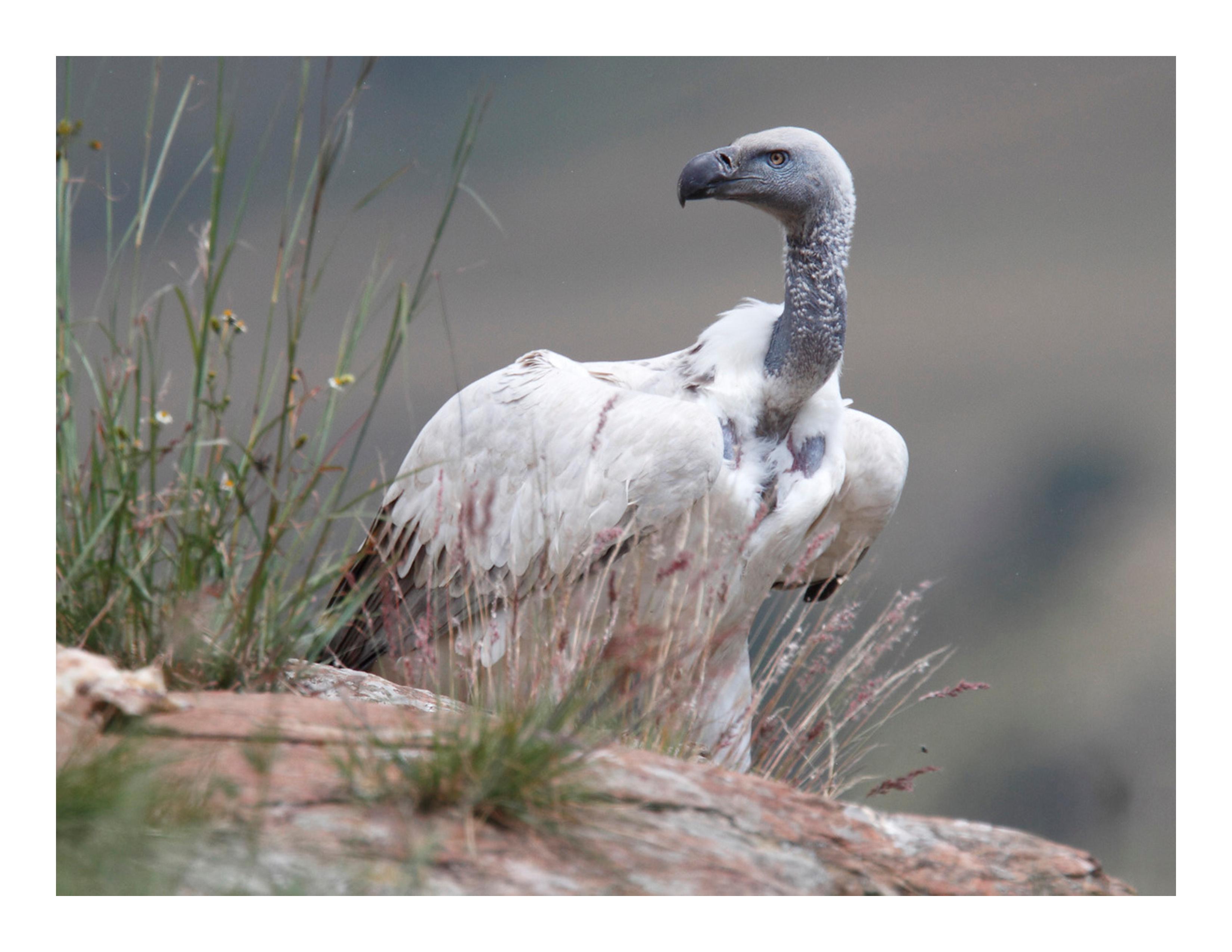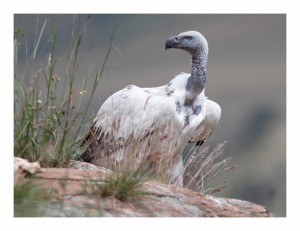Conservationists try their best to stop endangered species sliding to extinction and keep the habitats of these life forms intact. Captive breeding programs, national parks, management of invasives etc. are all common measures in conservancy. But how do we know that these methods work? Perhaps an invasive species is actually serving as a food source for the conservation target, and, by killing off the former, we imperil the latter further still. Fortunately, we can avoid such disasters through experimentation and modeling, in other words, with some good science.
Consider the case of the Cape Vulture (Gyps coprotheres) in Southern Africa. This large scavenger patrols its habitat, often a huge range, foraging for carrion. It’s suffering a decline in numbers for a variety of reasons. Carcasses are often poisoned to kill predators that take farmer’s livestock with the vulture an innocent victim. Their social nature means tens of the birds can be killed by a single toxic carcass. More direct persecution comes in the form of poachers who have taken to poisoning the carcasses of their quarry. The rationale is to wipe out vultures who will identify the location of future crimes. Then there are accidental deaths that arise from bird collisions with electricity pylons and wind turbines. And it will take some time to convince otherwise those who value vulture brains for their clairvoyant properties.
Fortunately, some vultures survive these incidents and that’s where rehabilitation centres come in. People at these facilities nurse the birds back to health and release them into the wild. The problem is some of the injuries suffered may be insidious, leaving a permanent but unnoticeable effect on the animal’s health.
We used resightings data on a population comprised of rehabilitated and wild birds to estimate their chances of survival and found that the rehabs have a significantly lower chance of surviving year on year (90% Vs 72%). By modeling different proportions of rehab and wild birds we showed that a 50:50 mix of the two groups is the threshold beyond which the population will decline.
That’s not to say that we think rehabilitation is a bad idea, it’s obviously better to get the bird back in the wild where it can contribute to the survival of the species than leave it to die from its injuries. Rather we suggest that vulture conservation should be focused on prevention instead. This is achievable. In India, farmers have stopped using drugs on their cattle which poisoned the vulture population en masse. Pylons and turbines can be equipped with signals that alert the birds to their presence.
Conservation practice coupled with a scientific understanding can only better our ability to stop the slide to extinction.
Author:
Adam Kane, kanead[at]tcd.ie, @P1zPalu
Photo credit;
Phil Perry


